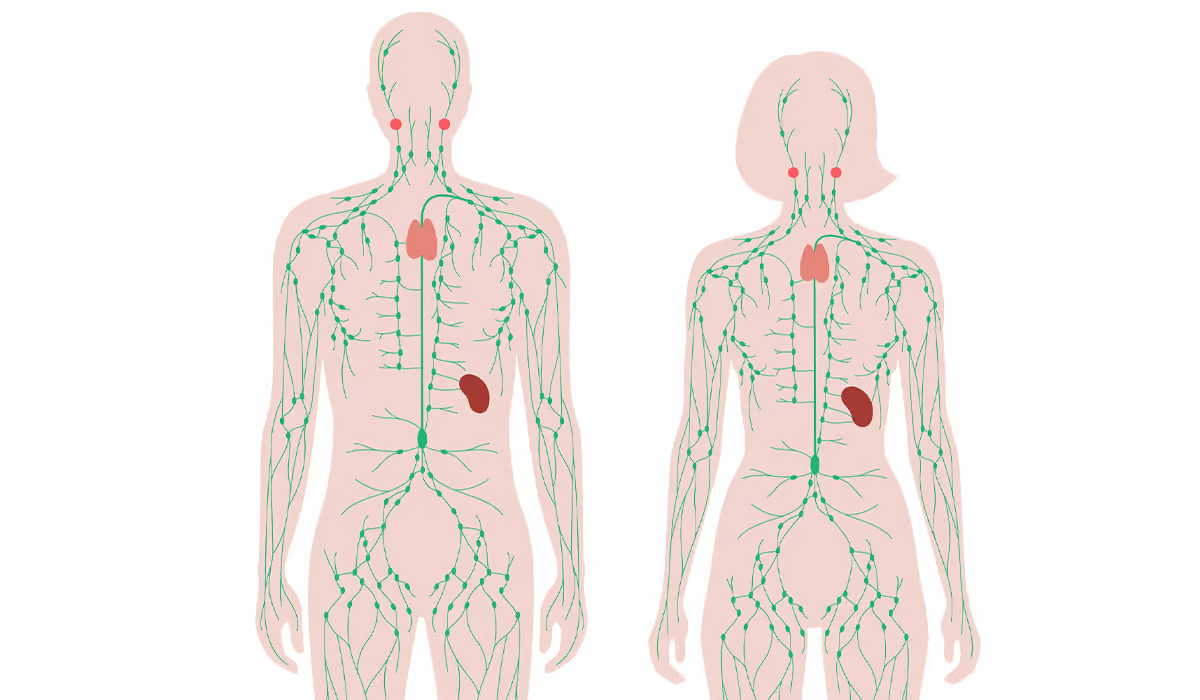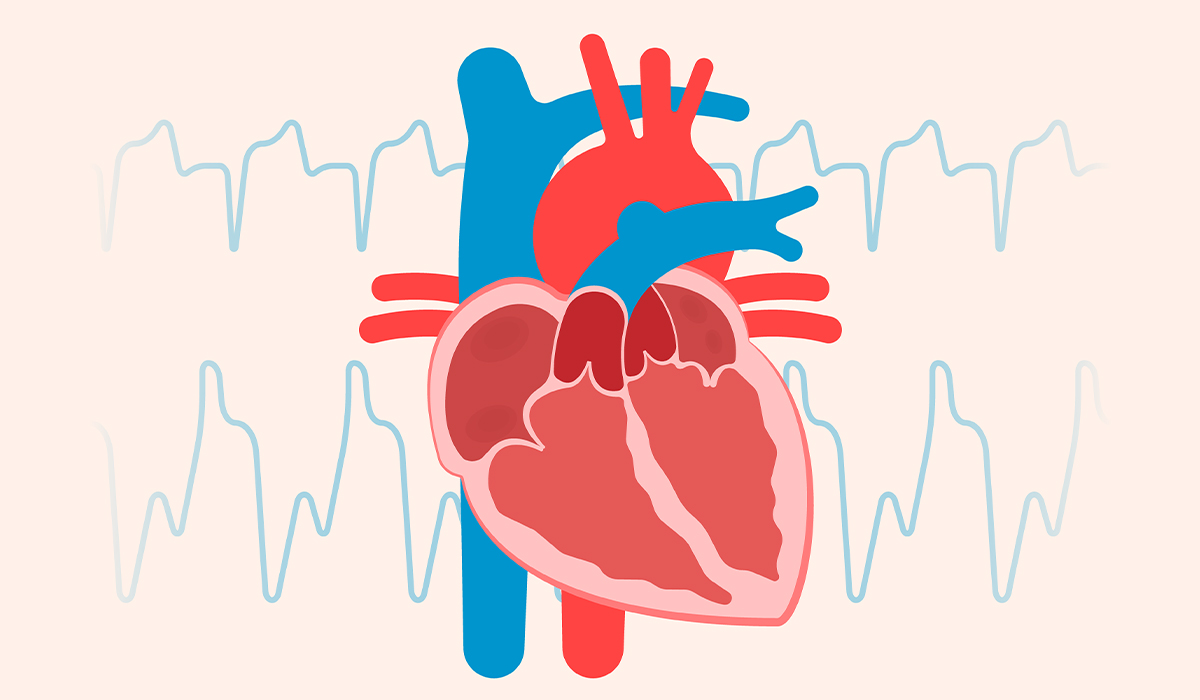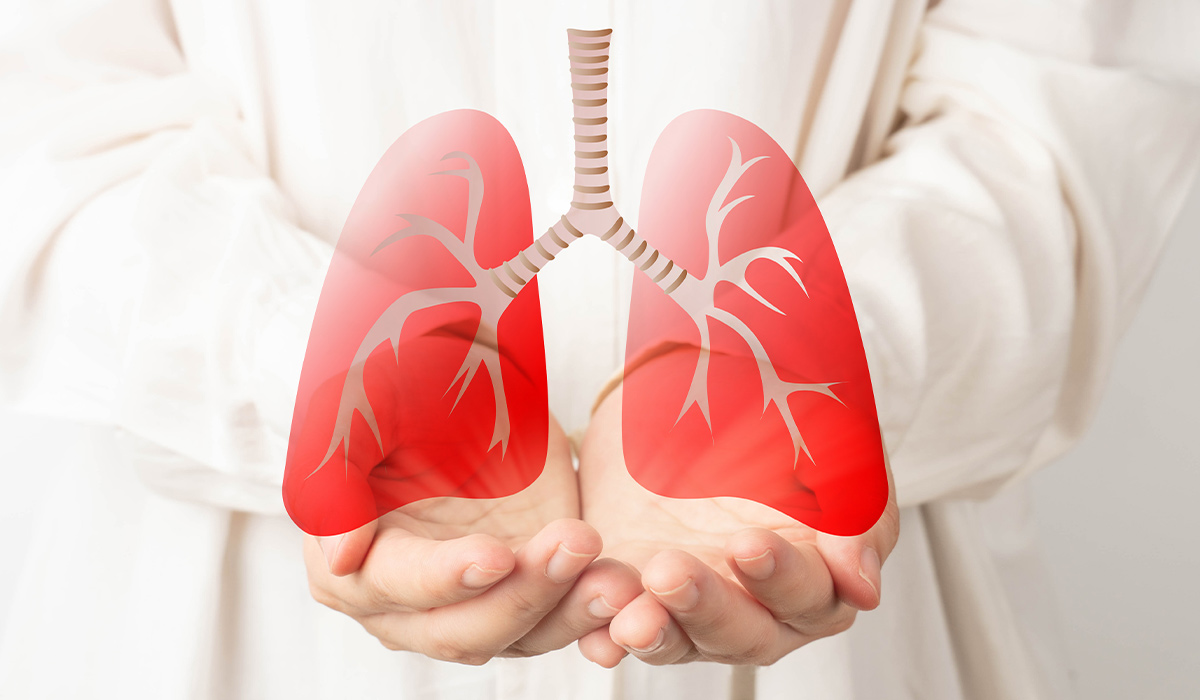Individuals experience reduced muscle mass within their bodies with age, and their muscles become less effective. This problematic change renders physical goals more challenging and heightens susceptibility to numerous health issues.
Sarcopenia is caused by a complicated mix of things, like hormone shifts, insufficient nutritious food, reduced physical activity, and the interaction between our genes. That means sarcopenia results from multiple factors that all act together.
Sarcopenia begins in a subtle and not easily observed style, with its primary features emerging at a slow pace. It demonstrates the covert nature of this condition and results in the slow decline of individuals’ functional abilities. Understanding Sarcopenia is very important because it improves people’s lives. We need to create prevention and treatment actions quickly and with care.
Though Sarcopenia is complicated, recent research reveals tactics to reduce its impact. These strategies include weight training and healthy dietary practices; hormone usage might also contribute to decelerating the process. It gives some hope and could improve the time older people stay well.
How Common is Sarcopenia?
Numerous studies suggest that Sarcopenia is common among older people, with varying data reported. Lifestyle choices, genetic factors, and overall health significantly impact the prevalence of this condition across different groups of persons, highlighting its complex core of action.
Individuals over the age of 65 have an increased risk of developing Sarcopenia, and this danger is even greater for persons who are over 80 years old, according to research. Sarcopenia appears due to various internal body processes and external influences, significantly impacting the senior part of society.
Although Sarcopenia is widespread, medical pros may overlook it or diagnose a different problem. Since this disorder begins gradually and without obvious signs, it can be neglected among other health issues associated with aging.
How Dangerous is Sarcopenia?
With aging, individuals often encounter significant health issues due to Sarcopenia, which leads to muscle loss and reduced bodily skills. Therefore, it is a considerable risk to their health.
Sarcopenia not only makes you weak but also raises the chance of falls and bone fractures, which can lead to more severe injuries. This increased danger indicates that Sarcopenia is a medical affair that should be considered problematic and dangerous in daily life.
Sarcopenia is associated with a higher risk of annoying diseases such as Diabetes, cardiovascular issues, and metabolic disorders. The extensive health worries of Sarcopenia show the intricate relationship between the health of muscles and the overall functioning of the body, demonstrating its wide influence on overall wellness.
Sarcopenia affects not only the body but also influences our thinking and emotions. As muscles gradually become weaker, it can reduce someone’s possibility for independent activity, probably causing a significant decrease in their quality of life.

Causes
Several diverse internal and external factors work in conjunction to initiate Sarcopenia for various reasons. This process leads to a sluggish decline and debilitation of muscle strength, promoting a thorough examination of these intricate components to fully comprehend the rationale behind this phenomenon.
Intrinsic Factors
– Aging body undergoes significant transformations in hormones: decrease in growth hormone, a decline in testosterone extents, and insulin-like Growth Factor 1 (IGF-1), leading to muscle atrophy;
– Genetic predisposition shapes the quantity and functionality of muscles, determining susceptibility to Sarcopenia;
– Advanced age is often associated with stubborn inflammation, confusing the balance between synthesis and breakdown of muscle proteins;
Extrinsic Factors
– Inadequate protein consumption due to an inadequate diet can lead to decreased muscle strength and muscle wasting;
– Physical inactivity and inadequate stages of exercise can weaken muscles and hinder development, accelerating stamina atrophy;
– Perpetual illnesses such as Diabetes, chronic kidney disease, and uncontrolled Cellular Proliferation can accelerate muscle atrophy and Sarcopenia;
– Medications like Corticosteroids can negatively impact muscle well-being and contribute to Sarcopenia;
– Changes in the nervous system with age, including a decline in motor neurons and complications at the neuromuscular junction, can affect muscle functionality;
– Postmenopausal women with inadequate hormone levels may experience impaired endurance and accelerated reduction in muscle mass;
Signs and Symptoms
Sarcopenia is commonly associated with the following health issues:
- Gradual onset of muscle weakness and tiredness;
- Reduction in muscle mass, noticeable especially in the arms and legs;
- Impaired physical performance and endurance;
- Drawbacks in performing daily activities that involve strength and coordination:
- Increased susceptibility to falls and accidents;
- Changes in gait or walking pattern;
- Diminished grip strength;
- Slower recovery from sickness or injury;
- Changes in body composition include more fat and less muscle;
- Impaired balance and stability;
- Decline in overall functional independence;
- Possible development or worsening of chronic health conditions, such as Diabetes or cardiovascular issues;

Complications
Advancements in understanding Sarcopenia lead to several problems that affect a person’s health and ability to perform basic functions. As stamina becomes weaker and less coordinated, the risk of falling increases, which is an important worry. These events can cause unwanted direct harm, like broken bones, and make the health situation worse for people who have Sarcopenia:
- When the size of muscles gets smaller, there is a higher chance of getting long-lasting illnesses like Diabetes and heart problems; muscle loss significantly affects health. There’s a complicated relationship here: how our body processes energy is greatly affected by the state of our muscles.
- Sarcopenia makes it hard for people to live on their own because normal activities become tougher. People with Sarcopenia usually find their ability to do everyday tasks reduced, which negatively impacts the quality of their lives.
- Another problem is that there is a higher odd of needing to stay in the hospital for longer and taking more time to get better from sickness or procedures. People who have Sarcopenia, which means they have less muscle, might find it harder to cope with the physical stress that comes from medical treatments, causing their recovery time to be longer and more problematic.
- Sarcopenia also makes the effects of frailty stronger, making it more likely for someone to face unwelcome health results; the mental, social, and physical factors linked with frailty also make the health situation more difficult for a person who is dealing with Sarcopenia at the same time.

Diagnosis
Physicians conduct thorough examinations to deduce Sarcopenia’s work on someone’s abilities. They use medical exams and precise measurements to check the extent of muscle loss. Typically, they begin with an ambitious examination of the patient’s previous medical past and perform a physical examination. They aim to detect any indexes or risk signals associated with Sarcopenia and understand its causes. Further, they use methods such as those explained below:
- Assessing a person’s muscle mass is central to medical diagnosis. Physicians can determine muscle mass through imaging techniques like Dual-energy X-ray Absorptiometry (DEXA) and Computed Tomography (CT), or they may conduct bioelectrical impedance analysis (BIA) tests. Diagnostic tactics help determine the presence of Sarcopenia and assess how much muscle strength has diminished, providing a clear insight into the extent of weakened muscles.
- In addition to examining muscle size, assessing their strength during diagnosis is equally significant. By utilizing a Handheld Dynamometer to evaluate the power of hand grip, we can estimate overall muscular functionality; diminished grip strength indicates a primary symptom like Sarcopenia, which refers to weakened muscles.
- The Short Physical Performance Battery or other checks that evaluate how good someone is at doing activities and walking dynamically provide a clear insight into their physical faculties. These trials are valid for identifying if an individual has Sarcopenia, which means having weak muscles with low mass, and they also watch different potential issues related to muscle power. These experiments provide valuable insights into one’s ability to perform everyday tasks, a component often missed when considering health status.
- Laboratory exams consist of blood tests for markers of inflammation and hormone levels; these can give more successful insights into the root causes behind Sarcopeni–this approach is convenient in excluding other medical conditions that could lead to muscle loss.
To summarize, physician specialists must perform physical examinations, imaging procedures, and functional assessments to diagnose Sarcopenia accurately. They should promote a multifaceted approach to tailor personalized treatment tactics to cater to each patient’s requirements.
Treatment
Eating the right amount of essential nutrients, such as proteins, is very decisive in controlling Sarcopenia. Eating enough protein helps make new proteins for your muscles and keeps muscle potency so you can recover well. To fight against losing muscle, eating food with a lot of protein is good. It means eating things like meats that do not have much fat, milk products, and different kinds of beans because they give you the nutrients you want.
For managing Sarcopenia, it might be important to add key nutrients like Vitamin D and Omega-3 Fatty Acids to the diet. These factors can help make bones and muscles stronger, which may increase the effectiveness of other treatments.
When you walk, swim, or ride a bicycle, it is good for your aerobic exercise. If you implement strength training in these exercises, it helps control Sarcopenia adeptly. These ideas and activities are also good for the heart’s health and strengthen the merits we often get from resistance training.
When someone has a lot of muscle loss or cannot do high-level workouts, doctors might consider giving them some medicines. They could be treated with things that help the body make more muscle-building hormones and growth substances. These decisions must be made after getting explicit permission from the entity that is an expert in health treatment.
To treat muscle wasting, it is essential to monitor and assess the muscles for their size, strength, and skill regularly. This ongoing process lets pros tailor treatment according to how each person is improving, ensuring the care adapts as patient requirements shift.

Prognosis for Sarcopenia Patients
Many inside and outside components make it hard to guess the health future of old people with weakening muscles. This advance in objective causes big problems for specialists who look after older people because many different things are involved.
Some people might not show obvious changes in how well they can function when they start to lose muscle because of Sarcopenia, but other people could face a quick decrease in their muscle size and power. This loss seriously limits the kinds of physical activities they can do. The different ways this condition progresses show that we need special plans to predict and manage it for each situation.
Starting complete health care initiatives quickly, like beginning muscle-building exercises and eating better food, can lessen the bad impacts of Sarcopenia. It is crucial to discover and tackle this problem soon. Following these steps might improve outcomes over an extended period, which is important when developing tactics to fight against Sarcopenia.
Understanding the complex connection between what will happen later for Sarcopenia, an aging condition making muscles weak and smaller, is worth knowing. This also depends on how healthy the person with this condition is. Long-term sicknesses, things such as exercise or the food we eat, and whether a person can get healthcare services have a big effect on what we think will happen with someone’s health later on.
When You Should Seek Emergency?
When muscles weaken because to aging, it is very important to seek fast medical attention if intense and quick issues occur. If someone with this problem experiences a quick drop in muscle power, like a challenge in breathing or a hurt in the chest, they should quickly go for emergency medical care.
Moreover, if someone discovers that they are no longer able to stand or walk as they used to, it is valid to seek assistance promptly. This might indicate that the individual has sustained a fall or an injury and requires immediate medical attention to prevent further issues and understand the cause of this alteration.
If you experience severe pain in your muscles or joints and the regular drugs from the pharmacy are ineffective, it is wise to seek immediate medical attention. Persistent hurt could indicate a significant issue with your body’s framework or a wound or sore that requires prompt examination by healthcare professionals.
Additionally, if an entity’s health deteriorates rapidly and they exhibit symptoms like confusion, instability on their feet, or fainting spells, it is valid to seek immediate assistance from emergency pros. These signals might suggest severe health issues beyond just the natural weakening of muscles due to aging, which requires prompt attention for proper care.
How to Prevent Sarcopenia?
To fight against muscle loss called Sarcopenia, a person needs to change their style of living by concentrating on exercising often and consuming correctly. Starting with activities that build muscles, like lifting weights or giving resistance bands, is very important for keeping muscles sizeable and strong; these exercises help the muscle mass grow bigger and make the whole body stronger, including bones.
To maintain good health, it is important to eat a well-balanced diet rich in protein. Eating enough protein helps the body make muscle proteins, which are very prudent for keeping muscles strong. Therefore, it is amazing for the health of your muscles to include things such as low-fat meats, milk-based foods, legumes, and seeds in your everyday meals.
Engaging in different exercises often, not just lifting weights, helps prevent muscles from diminishing. Fast walking, running, or biking are good for the heart, and slowly increasing weightlifting makes muscles work better.
To help with the muscle loss that comes as we get older, it is important to be in the Sun and eat things with a lot of Vitamin D or think about taking extra vitamins. This plays a role because Vitamin D keeps bones properly and has an effect on how muscles job.
When stagnant for too long, it can do more than make your body feel uncomfortable. If you don’t move enough and your muscles get weak and smaller, this might harm the way your body is built and lead to different health problems. To prevent our muscles from becoming smaller and weaker with age, it’s wise to add a little bit of exercise into our daily schedule; this straightforward approach is significant for keeping healthy as the years pass.
Summary
Muscle mass in the bones gradually reduces, and strength and skill also decelerate—a condition known as Sarcopenia, primarily seen in elderly people. It’s harmful to maintaining proper health and vitality.
Sarcopenia is influenced by various factors such as changes in hormones, genetic background, inflammation issues, insufficient quality nutrition, and lack of physical activity; it also involves the impact of chronic illness drugs on muscle and nerve skills.
Muscle power becomes weaker, the muscles themselves get smaller, it’s more challenging to move around and normal daily activities are harder – these indicate Sarcopenia. The danger of falling increases, and there can be a difference in how someone walks due to this issue; additionally, а less strong grip with hands is noticeable, and recovery from injuries takes more time. We also spot changes in body composition.
Entities with Sarcopenia could encounter more often falling accidents and bone fractures and develop chronic sicknesses like Diabetes or Cardiac issues. It may also problematically affect their skillset in doing simple tasks and impact their mental prosperity.
To identify Sarcopenia, an ambitious examination is essential. This should involve reviewing the figure’s medical reports, carrying out a physical assessment, obtaining imaging tests, evaluating the power of their hand grip, observing their functional abilities, and performing various laboratory experiments.
Eating protein-rich meals and essential vitamins are key to strengthening muscles. Additionally, engaging in heart-healthy errands is a significant component. At times, medication may also be necessary. Having these frequent assessments is important to adjust the treatments correctly according to how each person is improving.
Various factors influence the speed of recovery from muscle loss. Early detection and personalized treatment can significantly improve an individual’s condition and well-being.
Sources
- NIH. (2023). Sarcopenia.
https://www.ncbi.nlm.nih.gov/books/NBK560813/ - PubMed. (2019). Sarcopenia: Aging-Related Loss of Muscle Mass and Function.
https://pubmed.ncbi.nlm.nih.gov/30427277/ - NIH. (2022). Sarcopenia definition, diagnosis and treatment: consensus is growing.
https://www.ncbi.nlm.nih.gov/pmc/articles/PMC9588427/ - NIH. (2022). A Review of Sarcopenia Pathophysiology, Diagnosis, Treatment and Future Direction.
https://www.ncbi.nlm.nih.gov/pmc/articles/PMC9091430/ - Office on Women’s Health in the U.S. Department of Health and Human Services. (2023). Sarcopenia.
https://www.womenshealth.gov/sarcopenia
- Sarcopenia: What Is, Signs, Diagnosis, Treatment, and Prevention
- What is Sarcopenia?
- How Common is Sarcopenia?
- How Dangerous is Sarcopenia?
- Causes
- Signs and Symptoms
- Complications
- Diagnosis
- Treatment
- Prognosis for Sarcopenia Patients
- When You Should Seek Emergency?
- How to Prevent Sarcopenia?
- Summary
